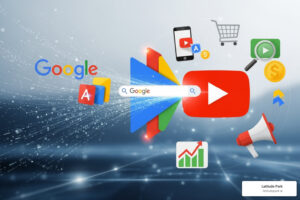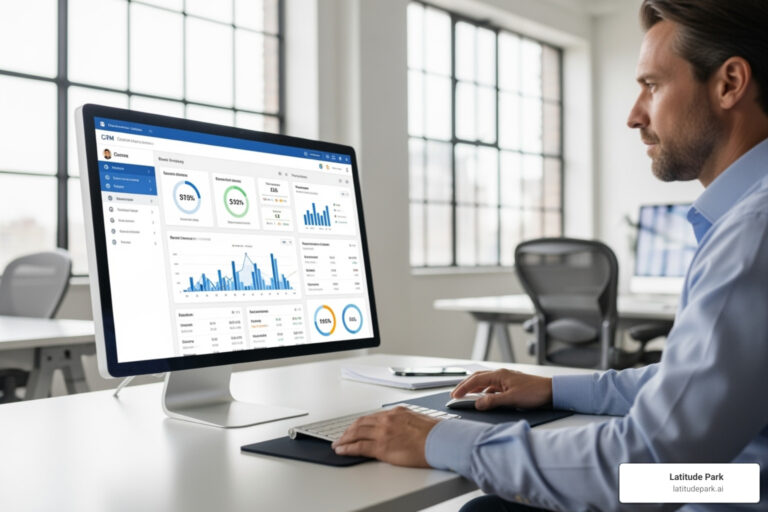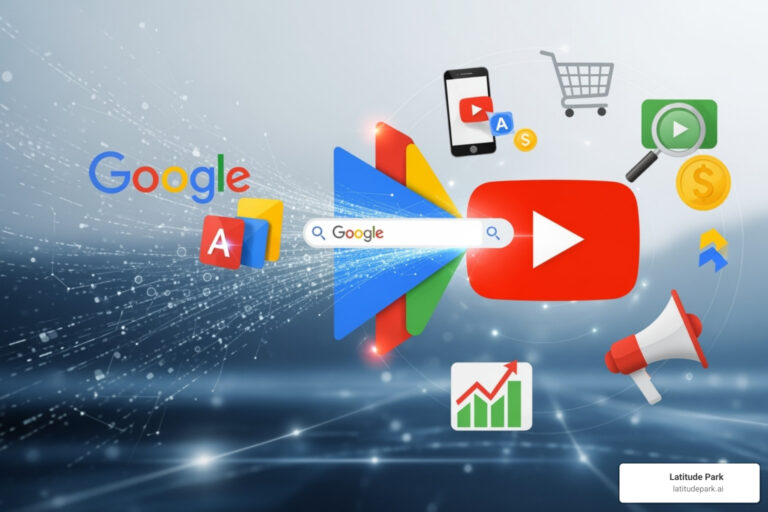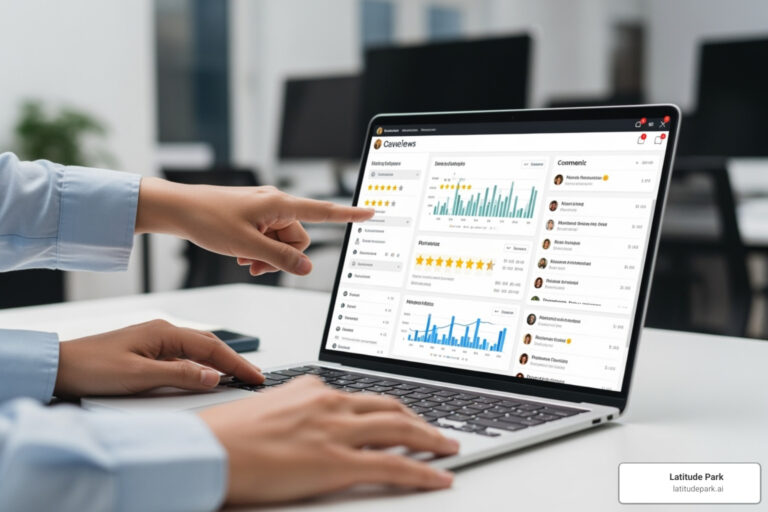Why CRM is the Foundation of Modern Business Success
CRM (Customer Relationship Management) is a system and strategy for managing all interactions with customers and prospects. Its core purpose is to turn prospects into customers and customers into loyal advocates by centralizing all customer data.
The modern business world is complex. Organizations use hundreds of applications, but most don’t communicate, creating data silos that prevent a complete customer view.
CRM solves this by creating a single source of truth. Instead of data scattered across spreadsheets and inboxes, CRM puts everything in one accessible platform. This is vital for franchise marketing managers who need consistent messaging and coordinated campaigns across multiple locations—a task that’s impossible with disconnected data.
I’m Rusty Rich, founder of Latitude Park. With over 15 years of experience, I’ve seen that businesses using CRM to unify customer data consistently outperform those with fragmented systems, especially in a multi-location franchise environment.
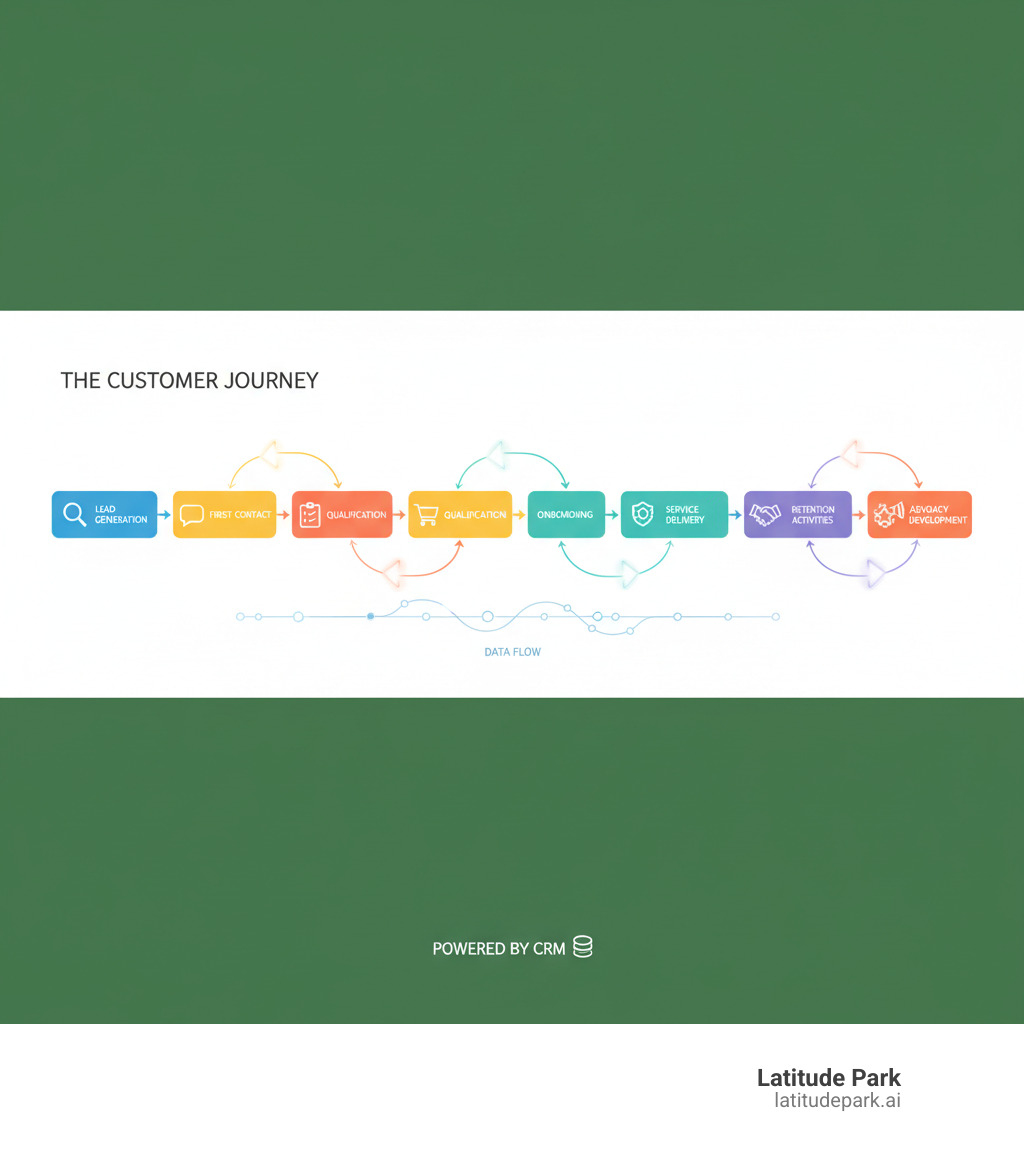
What is Customer Relationship Management (CRM)?
Think of CRM as your business’s digital memory, tracking every conversation and preference. At its core, CRM is both a strategy and a technology for managing customer interactions. As Investopedia notes, Customer Relationship Management (CRM) goes beyond just software; it’s a fundamental shift in how you treat customers.
The magic happens when CRM becomes your single source of truth. Instead of data scattered across spreadsheets and sticky notes, everything lives in one place. Your sales, marketing, and service teams are all on the same page, seeing the complete customer history. This transforms your business from reactive to proactive, giving you instant access to insights. For franchise owners, this centralization is critical for maintaining a consistent customer experience across all locations.
If you’re new to this, our guide What is CRM? A Marketing Guide for Beginners breaks it down simply.
Why CRM is Essential for Modern Businesses
Operating without a CRM today is like flying blind. It makes everything harder than it needs to be.
- Improved Customer Retention: Increasing retention by just 5% can boost profits by 50% or more. Happy customers are the key to profitability.
- Data-Driven Decisions: Stop guessing and start knowing. A CRM provides real data on which marketing campaigns work, what your best customers buy, and when they are likely to purchase again.
- Increased Profitability: Efficiency improves across the board. Sales teams convert more leads, marketing hits its targets, and service resolves issues faster.
- Streamlined Sales Processes: Gain clear pipeline visibility and ensure no lead falls through the cracks with automated tracking and reminders.
- Better Team Collaboration: When everyone accesses the same information, the customer experience becomes seamless. No more repeating stories or internal miscommunication.
The Core Goal of a CRM Strategy
The ultimate goal of CRM is to build lasting relationships. It’s about moving beyond a “one-size-fits-all” approach to deliver personalized experiences at scale.
By centralizing data, you can anticipate needs, solve problems quickly, and make every customer feel valued. This deepens your understanding of their habits and preferences. The natural result is increased Customer Lifetime Value (CLV), as satisfied customers stay longer, spend more, and refer others, creating sustainable growth.
The Anatomy of a CRM: Core Components and Functionalities
A CRM system is the command center for your customer relationships, turning chaotic data from scattered sources into a clear, complete picture.
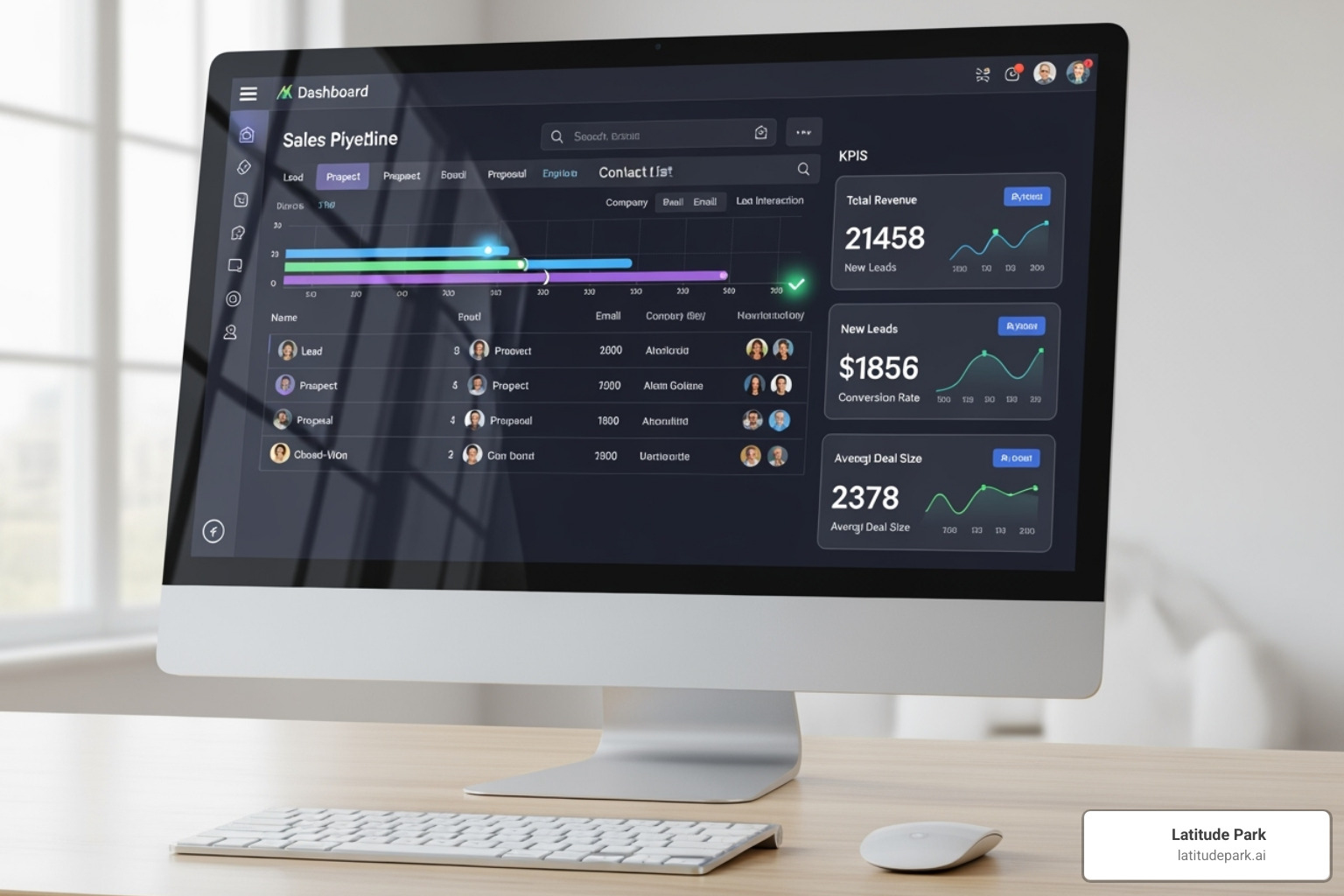
Key Functionalities Every Business Needs
These core features are the essential tools for growing your business through better relationships.
- Contact Management: The foundation of your CRM, this is a rich customer profile that tracks contact details, purchase history, and preferences in one place.
- Lead Management: Captures and nurtures prospects from initial interest to paying customer, helping sales teams focus on the most promising opportunities.
- Sales Forecasting: Uses historical data and pipeline activity to predict future revenue, enabling better business planning.
- Reporting & Analytics: Transforms raw data into actionable insights, showing you which marketing efforts are effective and where your best customers come from.
- Sales Automation: Handles repetitive tasks like follow-up emails and reminders, freeing up your team to focus on closing deals.
- Task Management: Ensures no follow-up or deadline is missed by tracking and sending reminders for all customer-related activities.
- Email Integration: Connects your inbox to your CRM, logging all communication and creating a complete conversation history for each contact.
Finding Your Fit: The 4 Types of CRM Systems
CRM systems are designed with different priorities. Understanding these types helps you choose the right one for your goals.
- Strategic CRM: Focuses on building a customer-centric culture to foster long-term loyalty, rather than just immediate sales.
- Operational CRM: Aims to streamline and automate daily operations in sales, marketing, and service. It’s ideal for improving efficiency across multiple franchise locations.
- Analytical CRM: Uses data analysis to identify profitable customers, predict buying patterns, and find hidden opportunities.
- Collaborative CRM: Breaks down departmental silos, ensuring sales, marketing, and service teams share information to create a seamless customer experience.
From Rolodex to the Cloud: A Brief History of CRM
The evolution of CRM reflects the ongoing quest to better serve customers. It began with database marketing in the 1970s and digital Rolodexes (Contact Management Systems) in the 1980s. The 1990s introduced Sales Force Automation, but the real revolution came in 1999 with the first web-based (SaaS) CRM, making it accessible to all businesses. The 2010s brought mobile access, and today, AI and predictive analytics are pushing the boundaries even further. The goal has always been the same: understand and serve the customer better.
The Tangible Benefits: How CRM Drives Growth and Customer Loyalty
Implementing a CRM isn’t just about organizing data; it’s about opening up real, measurable growth. The results speak for themselves, as we’ve seen in How CRM Can Help Your Business Grow. Key benefits include:
- Increased Revenue: By streamlining sales and identifying cross-sell or upsell opportunities, a CRM directly boosts your bottom line.
- Improved Efficiency: Automating tasks and centralizing information saves time, allowing your team to focus on building relationships instead of administrative work.
- Better Customer Service: A 360-degree customer view enables faster, more personalized support, making customers feel valued.
- Competitive Advantage: A well-implemented CRM helps you deliver the quick, personalized experiences that modern customers expect, putting you ahead of competitors.
How a CRM Boosts Sales Performance
For sales teams, a CRM is a superpower. Studies show it can lead to a 41% increase in revenue per salesperson.
- Pipeline Visibility: Get a clear, real-time view of your entire sales funnel to spot bottlenecks and focus resources effectively.
- Deal Tracking: Centralize all communications and notes to ensure no deal falls through the cracks, even if a team member is away.
- Lead Scoring: Automatically identify and prioritize the hottest leads, so your team can focus their energy on prospects most likely to convert.
- Automation: Free up your sales team from repetitive tasks like follow-up emails, allowing them more time for meaningful conversations. This is even more powerful when paired with strategies from our guide on CRM and Lead Nurturing: A Powerful Combination.
CRM for Every Scale: From Startups to Enterprises
Modern CRM systems are built to grow with your business.
Small businesses can leverage CRM to deliver a professional, personalized experience that rivals larger competitors. The scalability of these platforms means you won’t outgrow your investment as you add team members or locations.
For enterprises and multi-location franchises, a CRM unifies complexity across different sites, product lines, and teams. Customization options ensure the system adapts to your unique workflows, not the other way around. To learn more, see The Benefits of CRM for Small Businesses.
Choosing and Implementing Your First CRM System
Selecting your first CRM can feel overwhelming, but a methodical approach makes it manageable. Focus on finding a solid foundation that will support your future growth.
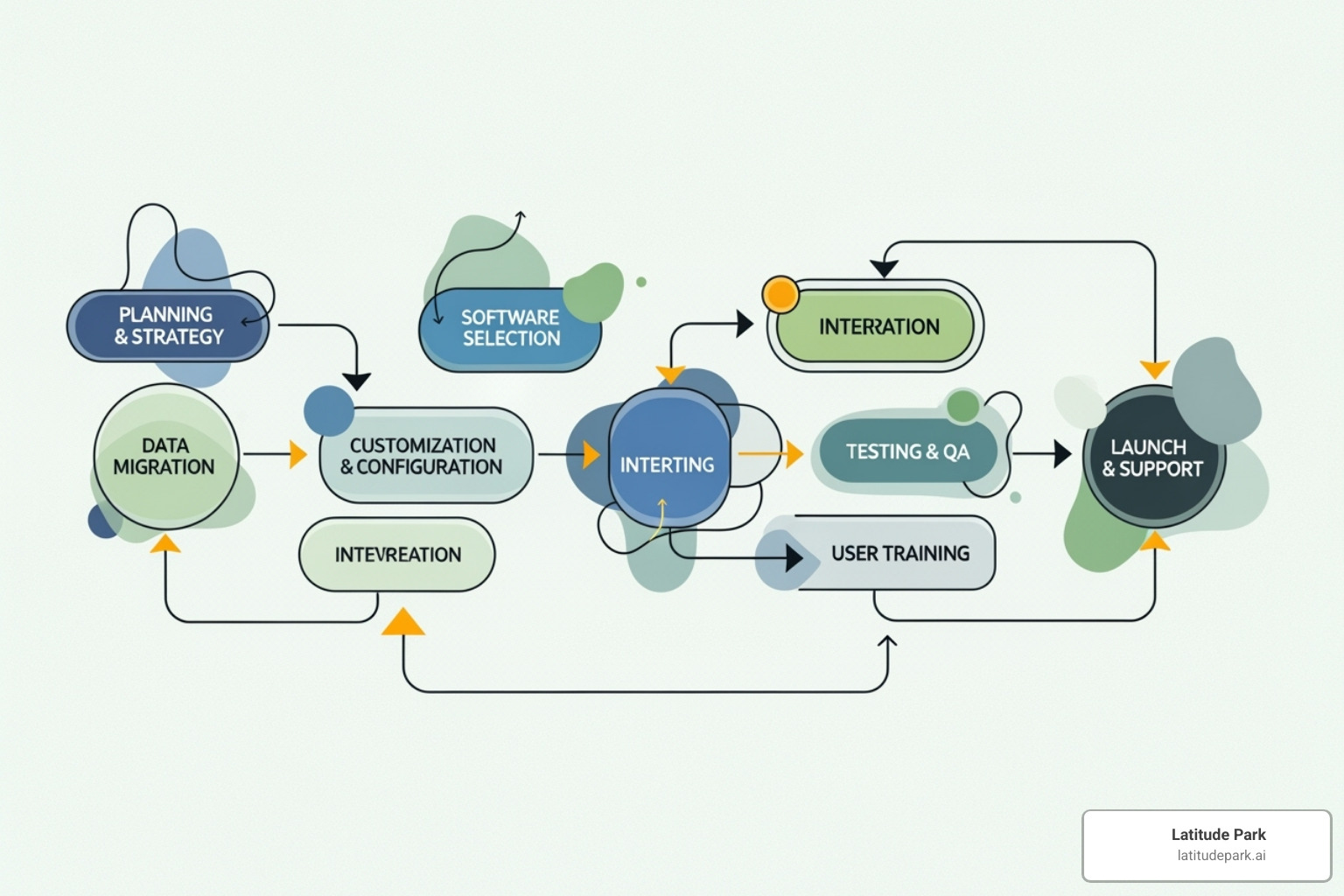
Key Features to Look For in a System
Focus on the fundamentals that will make your team’s life easier, not just flashy features.
- Ease of Use: An intuitive interface is critical. If the CRM is confusing, your team won’t use it.
- Scalability: Choose a platform that can grow with your business to avoid a painful switch later.
- Integration Capabilities: Your CRM must connect seamlessly with your other tools (email, accounting, etc.) to prevent data silos.
- Customization: The system should adapt to your unique business processes, not the other way around.
- Mobile Accessibility: This is non-negotiable for teams in the field and managers overseeing multiple locations.
- Security: Ensure the provider has strong encryption and a proven track record of protecting sensitive customer data.
- Support: Look for a provider with responsive customer service and comprehensive training resources.
A 5-Step Guide to Successful CRM Implementation
Successful implementation is about people and process, not just technology.
1. Define Your Goals: Before looking at software, clarify what you want to achieve. Set specific, measurable goals, like “increase customer retention by 15% in six months.”
2. Get Team Buy-in & Provide Training: Low user adoption is a major reason CRM initiatives fail. Involve your team from the start, explain the benefits to their workflow, and invest in thorough training.
3. Plan Data Migration: Carefully audit and clean your existing customer data before moving it. Create a detailed migration plan to ensure data quality from day one.
4. Customize & Integrate: Set up custom fields and workflows that match your processes. Connect the CRM to your other essential tools, which is key when Integrating CRM with Your Digital Marketing Strategy for franchises.
5. Test, Launch, and Refine: Start with a pilot group to work out any kinks. After launching, continuously gather feedback and make improvements. A CRM should evolve with your business.
The Future is Now: AI, Automation, and the Next Generation of CRM
The CRM world is evolving rapidly, fueled by artificial intelligence. The market is projected to grow from $101.41 billion in 2024 to $262.74 billion by 2032, and AI-powered systems are becoming essential strategic partners, especially for multi-location franchises.
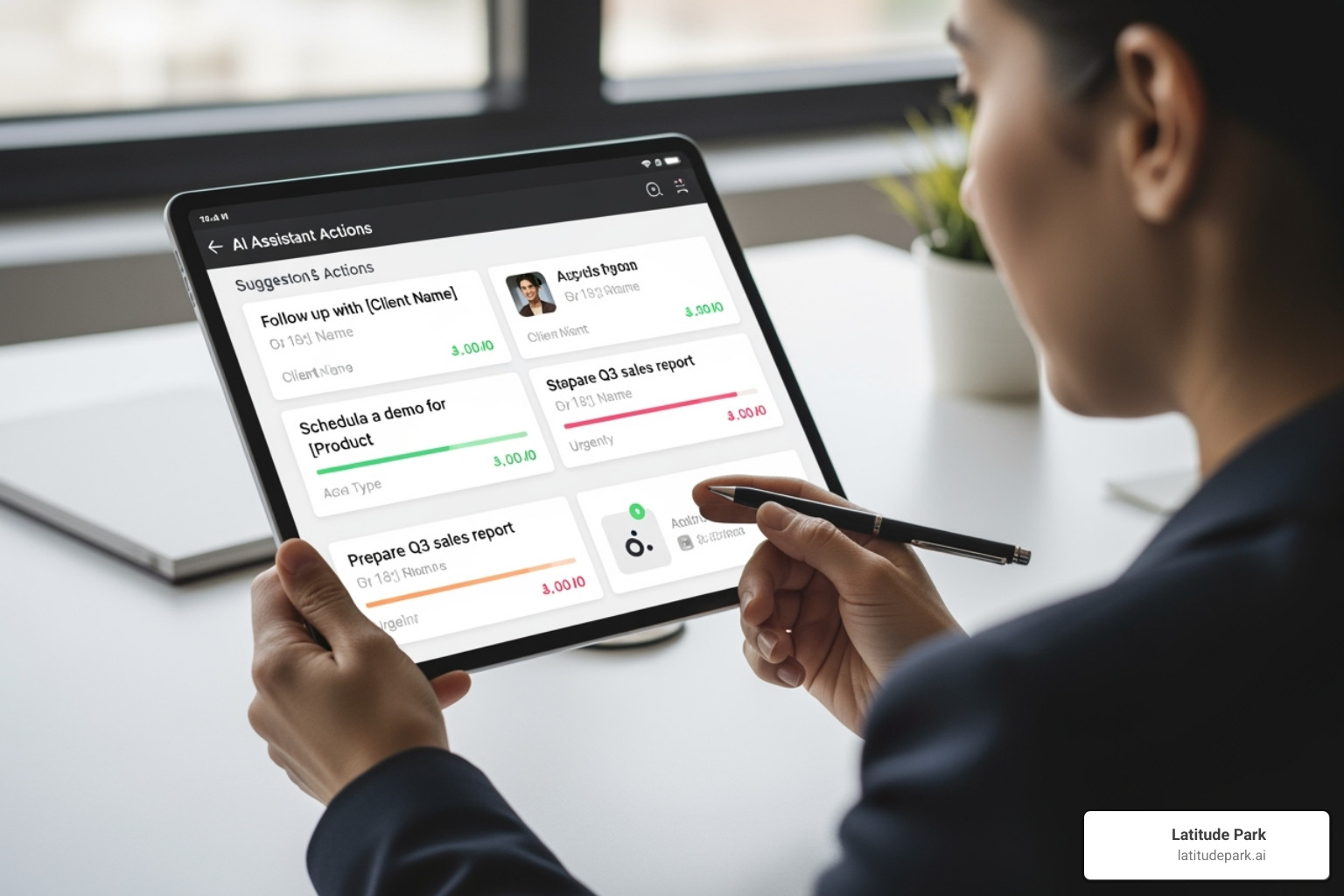
How AI and Predictive Analytics are Changing CRM
AI gives businesses new capabilities that feel like superpowers.
- Predictive Lead Scoring: AI analyzes vast amounts of data to identify which leads are most likely to convert, allowing sales teams to prioritize their efforts effectively.
- Automated Communications: Beyond simple email sequences, AI now powers sophisticated chatbots and can even generate personalized sales and marketing content that sounds human.
- Customer Sentiment Analysis: AI can analyze emails, social media, and support calls to gauge customer feelings, helping you spot problems or opportunities early.
- Proactive Service: Instead of waiting for issues, AI can predict them. It might alert you if a customer’s behavior suggests they are at risk of churning, allowing you to intervene.
Navigating Common CRM Challenges
CRM implementation can have its pitfalls, but they are avoidable with proper planning.
- Low User Adoption: This is the biggest hurdle. Fewer than 40% of companies achieve high adoption rates. The solution is to treat implementation as a change management project with clear communication and excellent training.
- Data Silos: Many organizations use hundreds of apps, but only 28% are integrated. This fragmentation defeats the purpose of a CRM. Prioritize systems with strong integration capabilities.
- Poor Data Quality: “Garbage in, garbage out.” Inaccurate or outdated data makes your CRM unreliable. Establish data quality standards from the start.
- Overcoming Resistance: Involve your team in the selection process, address their concerns, and ensure leadership champions the new system to ease the transition.
Frequently Asked Questions about CRM
Here are answers to the most common questions we hear from business owners about CRM.
What is the difference between CRM and ERP?
It’s simple: CRM (Customer Relationship Management) is for “front-office” activities focused on the customer, while ERP (Enterprise Resource Planning) is for “back-office” processes that run your business internally.
- CRM manages sales, marketing, and customer service to drive revenue and improve relationships.
- ERP handles finance, supply chain, HR, and inventory management.
While distinct, the best systems integrate seamlessly, which is crucial for managing multi-location franchises.
How much does CRM software cost?
CRM pricing varies widely, so there’s a solution for every budget. Most providers use a per-user, per-month model with tiered plans (e.g., Starter, Professional, Enterprise). This allows you to start small and scale as you grow. Many also offer free versions that are great for getting started.
When budgeting, remember to consider the Total Cost of Ownership (TCO), which includes the subscription plus potential costs for implementation, training, and data migration.
Who in a company uses a CRM system?
Nearly everyone who interacts with customers or customer data uses a CRM.
- Sales Teams use it to manage leads, track deals, and forecast revenue.
- Marketing Departments use it for targeted campaigns, customer segmentation, and automation.
- Customer Service Agents use it to access customer histories and provide faster, more personalized support.
- Business Leaders use it for strategic planning and monitoring performance across all locations.
- IT and Operations use it to ensure data integrity and system integration.
In a modern business, a CRM provides a unified view of the customer that benefits the entire organization.
Conclusion
In today’s business landscape, CRM is no longer a nice-to-have; it’s the backbone of modern success. It transforms scattered data into a single source of truth, driving measurable growth and turning prospects into loyal advocates.
The results are clear: a 5% improvement in retention can boost profits by over 50%, and sales revenue per salesperson can increase by 41%. At Latitude Park, we’ve seen how this centralized data empowers multi-location franchises to create coordinated, data-driven marketing campaigns that deliver consistent growth.
The future of CRM, powered by AI and predictive analytics, promises an even greater competitive advantage. Businesses that adopt these tools now will be positioned to anticipate customer needs and lead their markets.
Your customers deserve the seamless, personalized experience that only a well-implemented CRM can provide. The question isn’t whether you need a CRM—it’s how quickly you can get started.
Ready to transform your customer relationships? Explore small business automation tools and take the first step toward building a truly customer-centric business.


